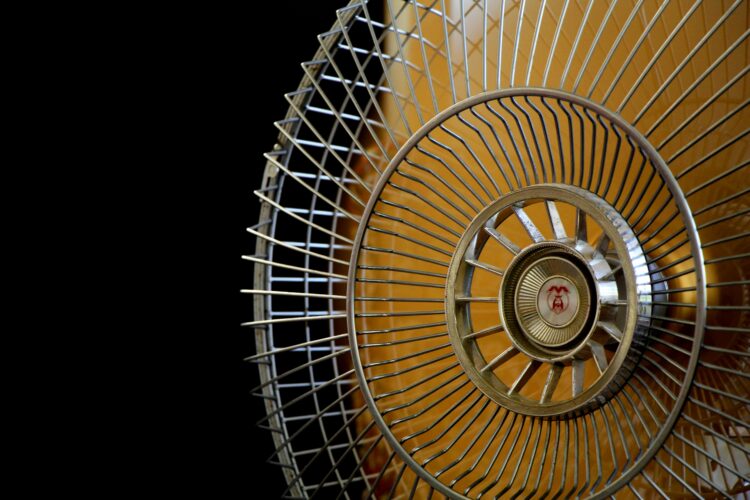When the sun is blazing and temperatures soar, working in hot conditions can become more than just uncomfortable – it can be dangerous. Whether you’re working outdoors, in a warehouse, or on a site with minimal ventilation, heat stress is a real risk that can affect productivity, safety, and health. That’s where our How to Stay Safe in the Heat at Work: A Practical Guide for Hot Days comes into place.
At SAMS Ltd, we’re passionate about keeping workers safe and ensuring businesses meet their legal responsibilities. Here’s our guide packed with tips to protect yourself and your team when the mercury rises.
Understanding the Risks of Heat at Work
Working in high temperatures can lead to:
-
Dehydration – losing too much fluid through sweat without replacing it.
-
Heat exhaustion – symptoms such as dizziness, headaches, and fatigue.
-
Heatstroke – a medical emergency where the body’s temperature control fails.
Recognising the signs early is crucial. If you or a colleague show symptoms like confusion, rapid heartbeat, or fainting, act immediately.
1. Hydration Is Your First Line of Defence
When it’s hot, your body loses water quickly. Even mild dehydration can reduce focus, slow reaction times, and increase accident risks.
Tips for staying hydrated:
-
Drink small amounts of water regularly, even before you feel thirsty.
-
Avoid excessive caffeine and energy drinks – they can increase fluid loss.
-
Provide cool water stations close to work areas.
At SAMS Ltd, we recommend businesses put hydration protocols in place, so workers have scheduled water breaks and access to clean, cool drinking water at all times.
2. Plan Work Around the Heat
One of the best ways to reduce heat exposure is to adjust work schedules:
-
Start earlier in the morning or finish later in the evening.
-
Avoid strenuous work during peak heat hours (usually 11am–3pm).
-
Rotate staff between hotter and cooler tasks where possible.
Our health & safety consultancy services can help you develop shift patterns and safe systems of work that protect employees while maintaining productivity.
3. Dress for Safety and Comfort
Your choice of clothing matters when working in hot conditions:
-
Lightweight, loose-fitting fabrics allow better airflow.
-
Light colours reflect rather than absorb heat.
-
For outdoor work, wide-brimmed hats and UV-protection sunglasses are essential.
Remember, PPE is still necessary – but you can source heat-friendly versions. For example, high-visibility vests made from breathable mesh, or gloves designed for summer use.
4. Provide Shaded or Cool Rest Areas
Breaks are more than just downtime – they’re a chance for the body to cool down.
-
Use canopies, tents, or portable shelters for outdoor sites.
-
Provide access to air-conditioned or fan-cooled indoor spaces.
-
Schedule regular rest breaks in cooler environments.
SAMS Ltd can assess your site and recommend practical heat-management solutions to meet both health & safety guidelines and worker comfort needs.
5. Train Your Team to Spot and Respond to Heat Risks
Knowledge saves lives. Workers and supervisors should be trained to:
-
Recognise early signs of heat stress.
-
Know emergency first aid steps for heat-related illnesses.
-
Understand the importance of self-care in hot weather.
Our health & safety training courses at SAMS Ltd include modules on environmental hazards, helping teams respond quickly and effectively to heat-related risks.
6. Don’t Forget Legal Responsibilities
Employers have a duty under the Health and Safety at Work Act to provide a safe working environment. While there’s no maximum workplace temperature in UK law, guidance recommends keeping workplaces at a ‘reasonable’ temperature.
This means taking practical steps to manage heat risks – something our consultancy can help you achieve through tailored risk assessments and heat-management policies.
7. Create a Heatwave Action Plan
Preparation is key. A formal Heatwave Action Plan ensures you’re ready before extreme temperatures hit. This might include:
-
Setting trigger points for additional safety measures.
-
Assigning heat safety coordinators.
-
Communicating clear guidelines to all staff.
We work with businesses to create bespoke heatwave plans that keep operations safe, compliant, and efficient during hot spells.
Final Thoughts
Heat at work is not just an inconvenience – it’s a safety issue that requires planning, awareness, and the right precautions. By staying hydrated, adjusting work schedules, using appropriate clothing and PPE, and ensuring staff are trained, you can greatly reduce the risks.
At SAMS Ltd, we’re here to support your business in building safer, more resilient working practices. From tailored training courses to comprehensive risk assessments, we provide the expertise you need to keep your workforce protected – no matter how high the temperature climbs.
Contact SAMS Ltd today to find out how we can help your business prepare for hot weather and safeguard your team this summer or more about How to Stay Safe in the Heat at Work: A Practical Guide for Hot Days.


